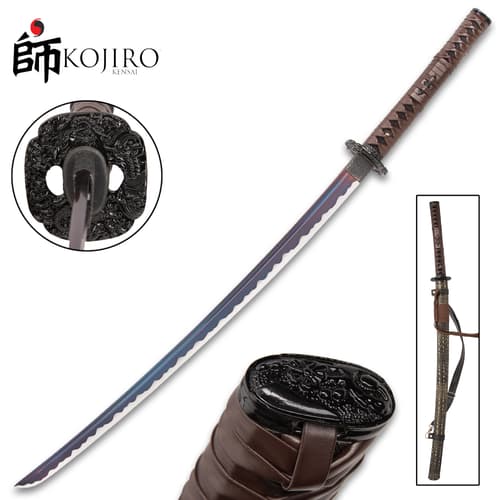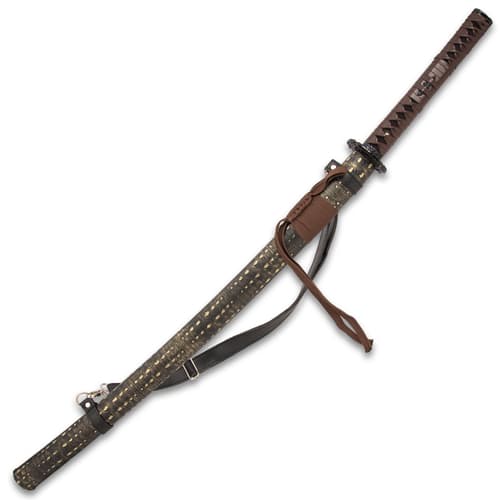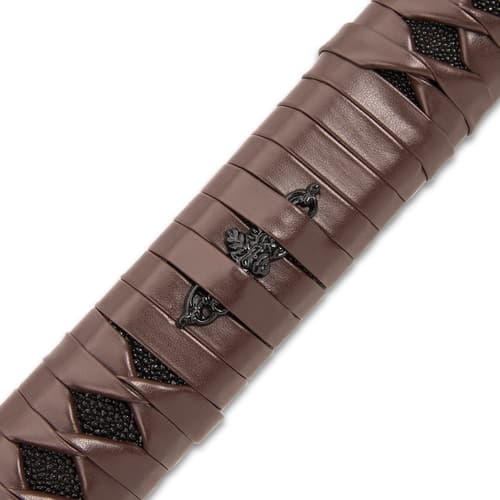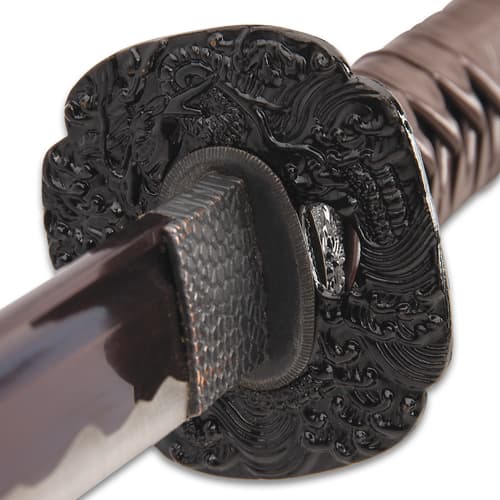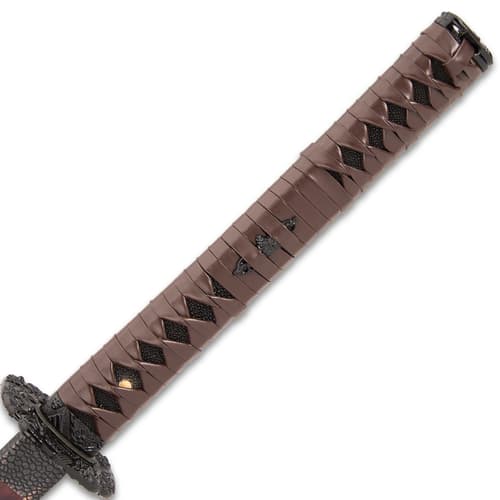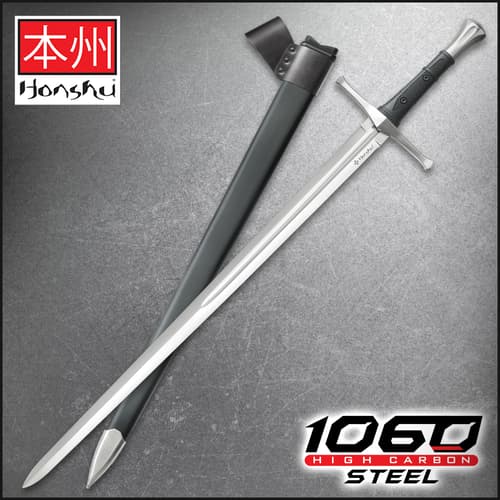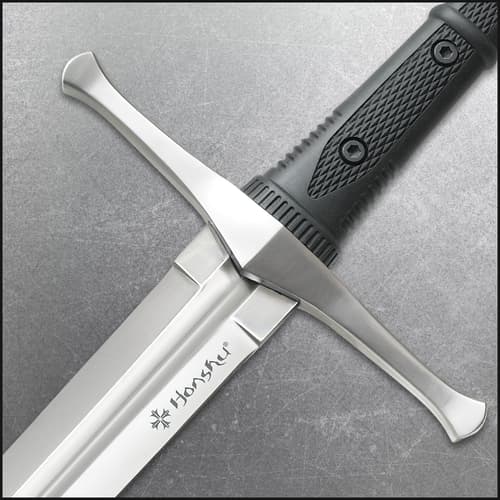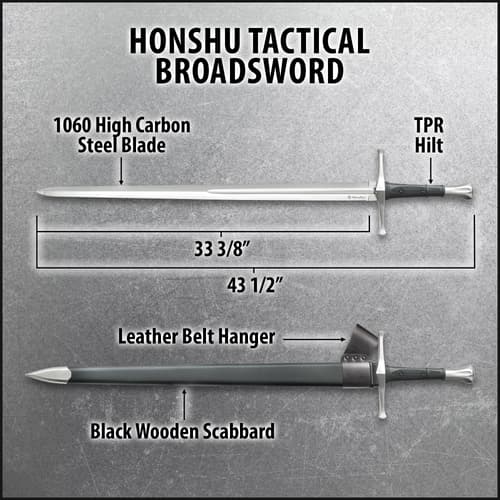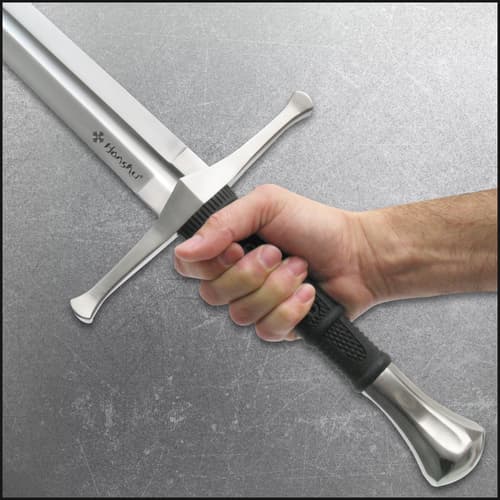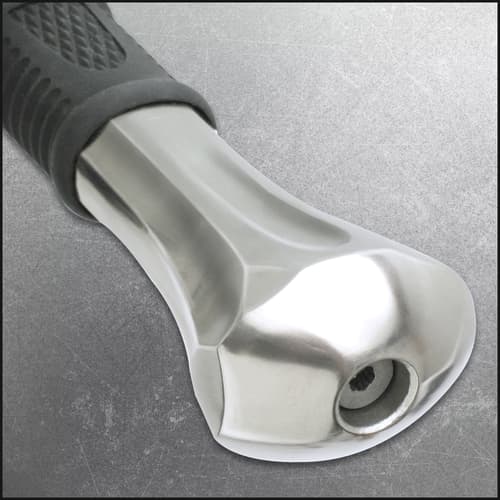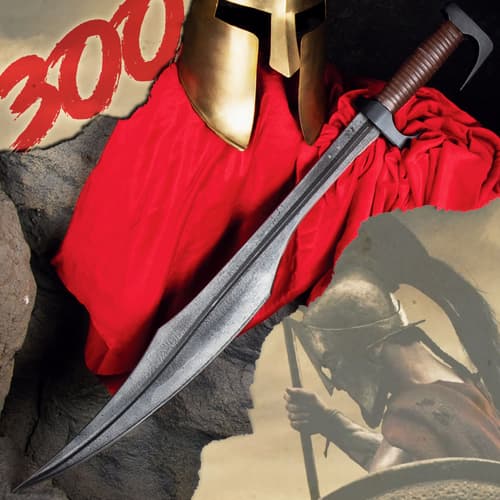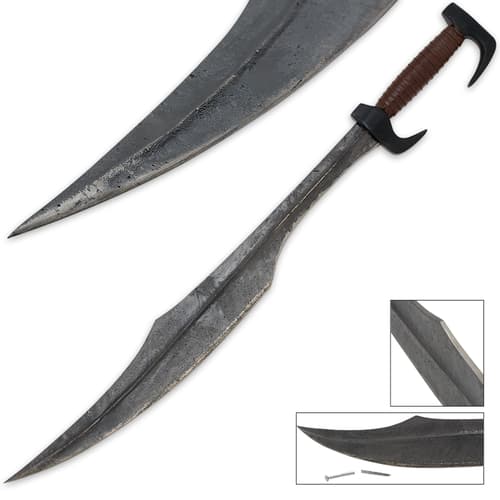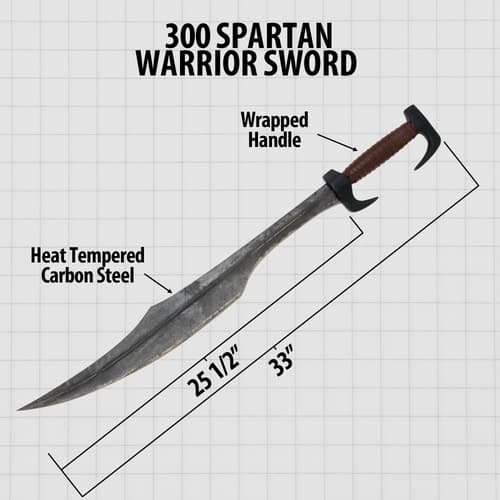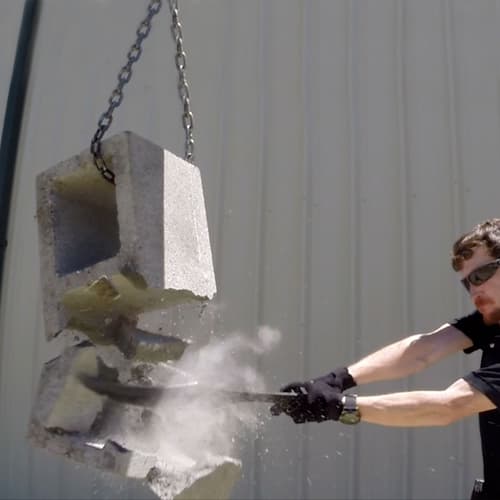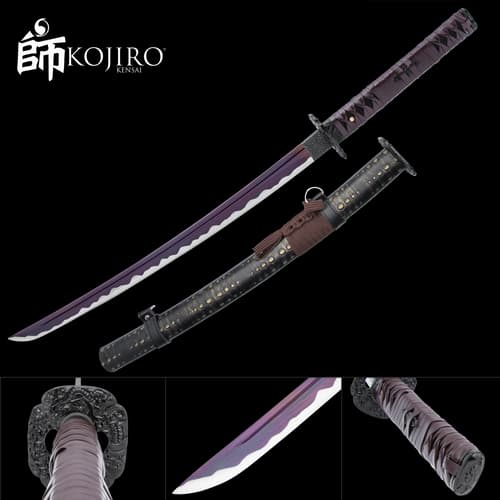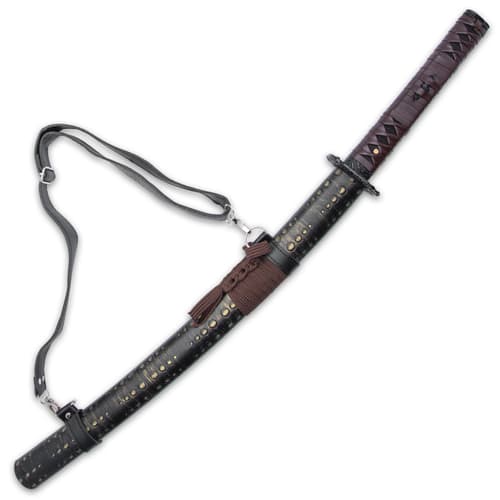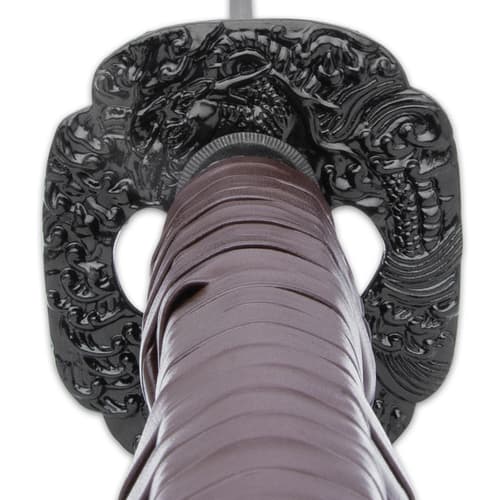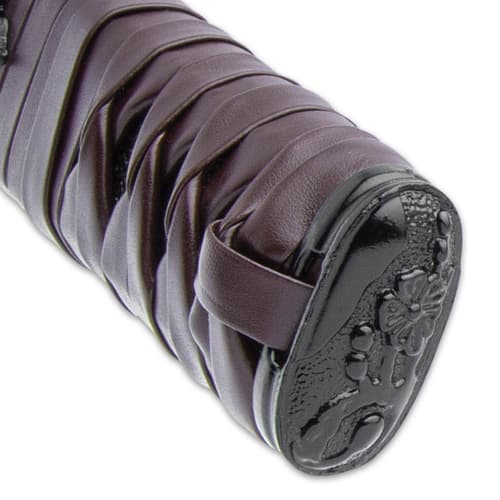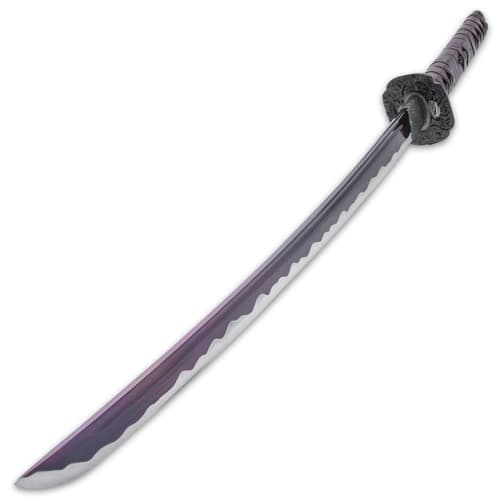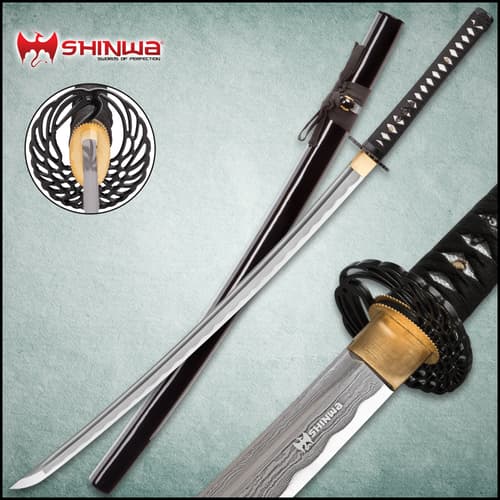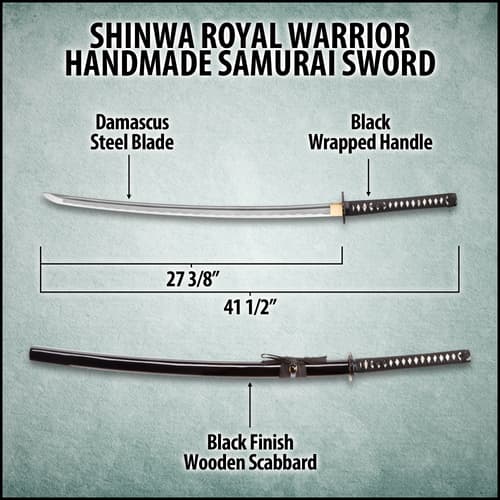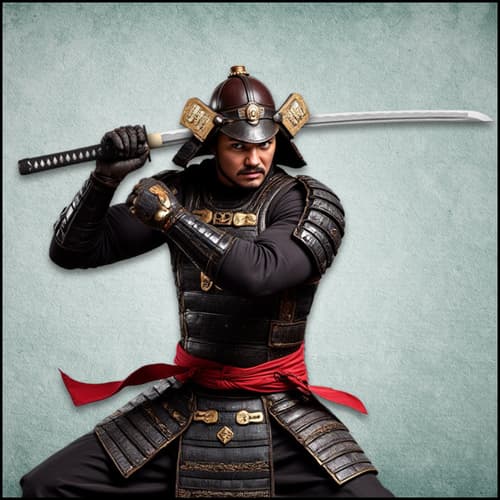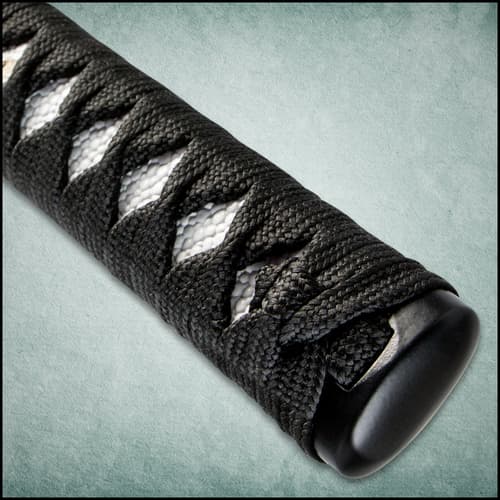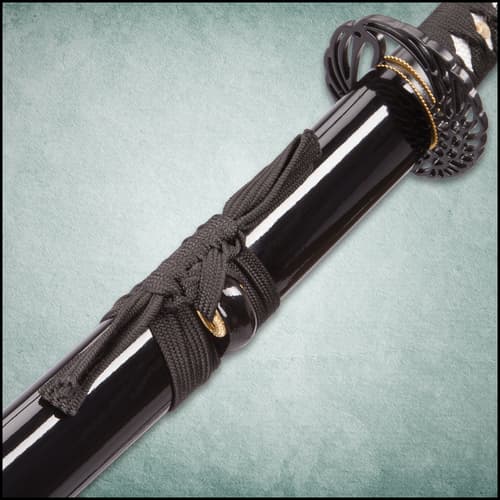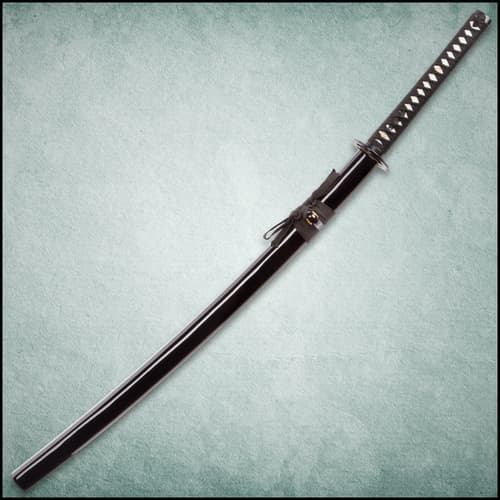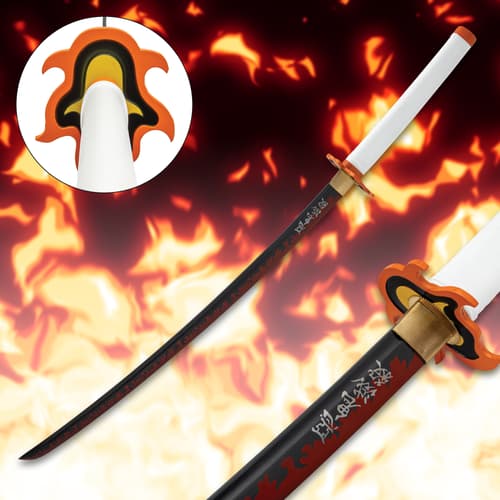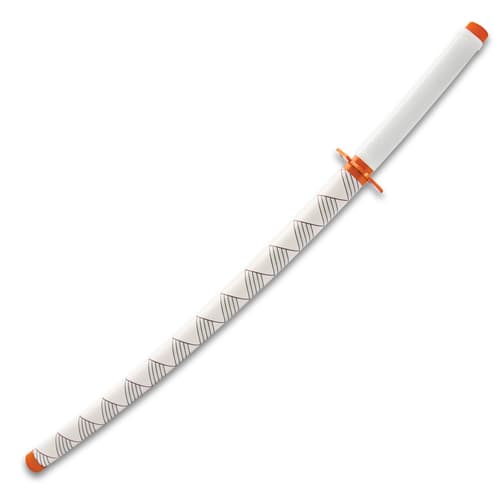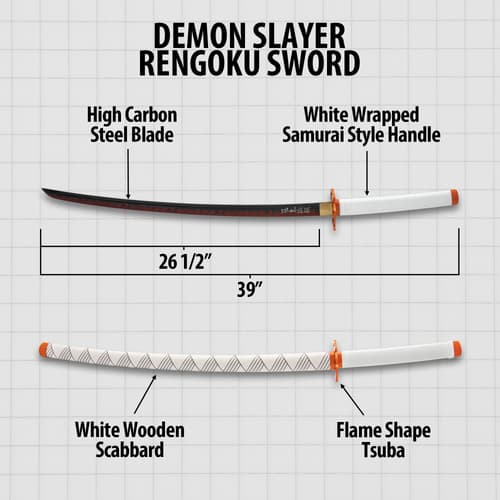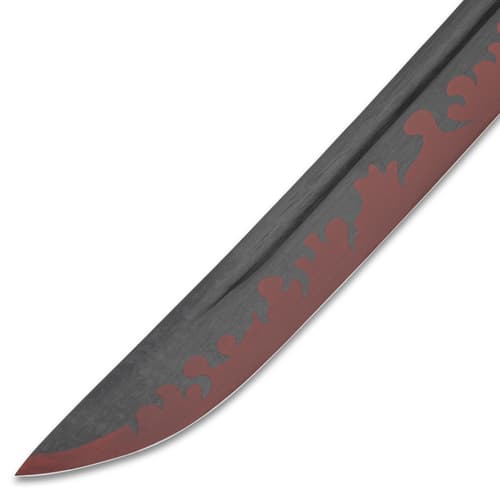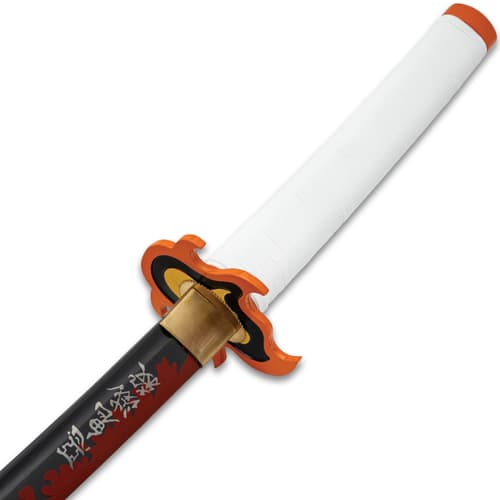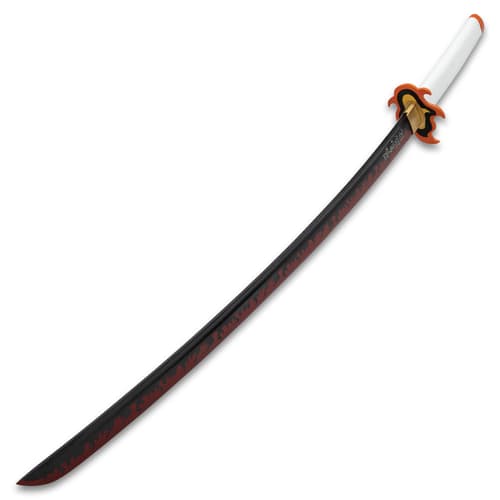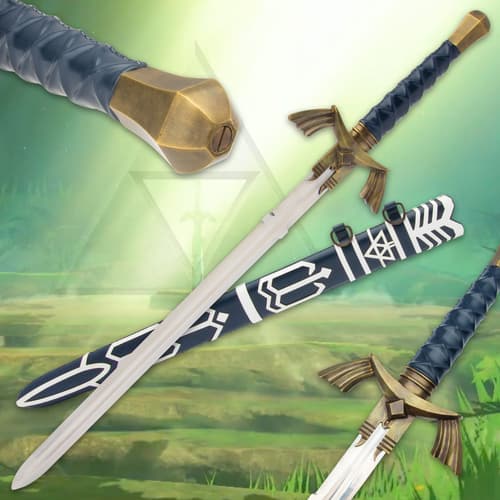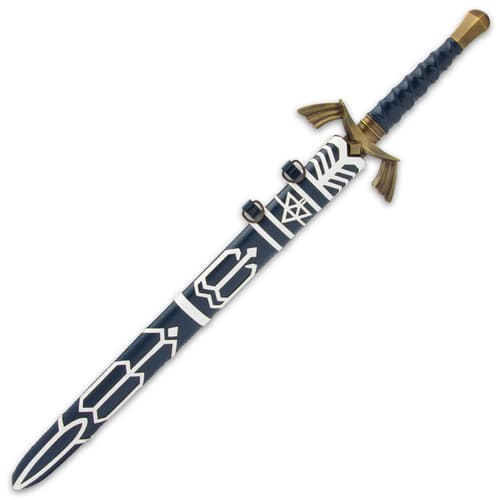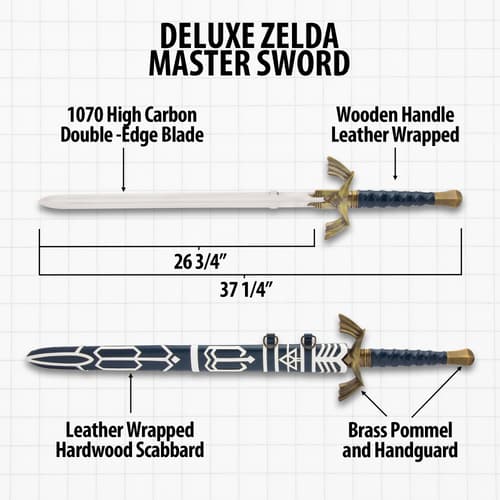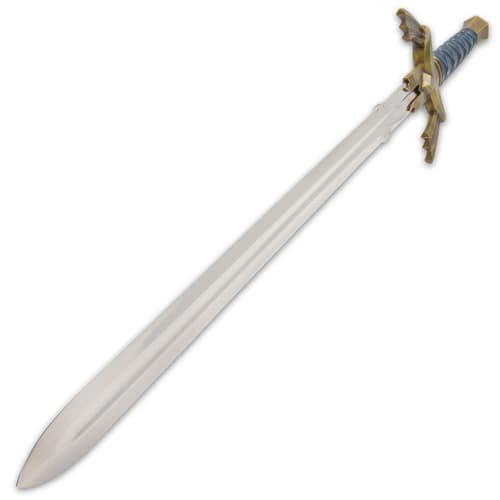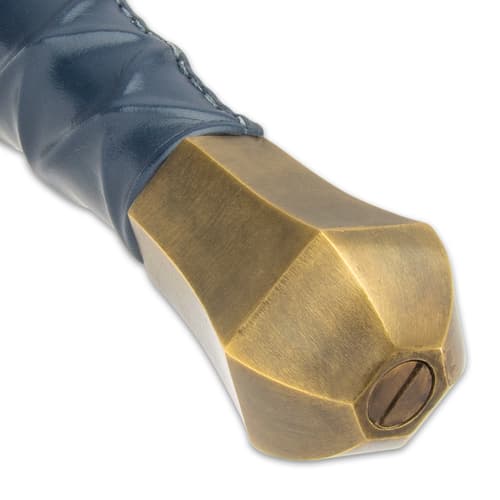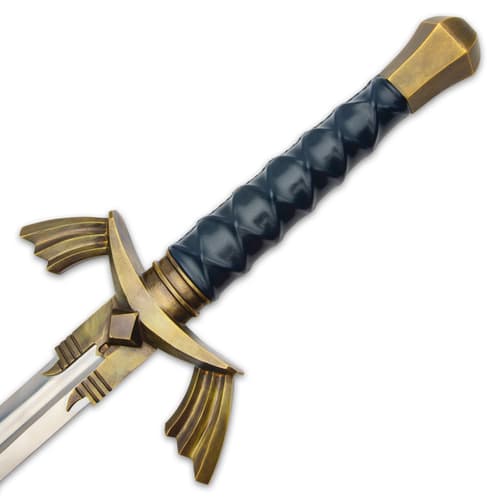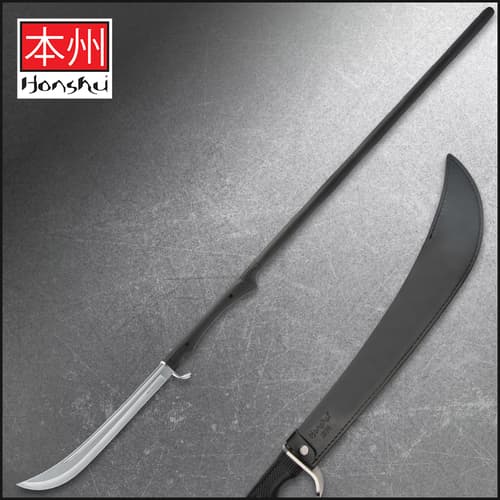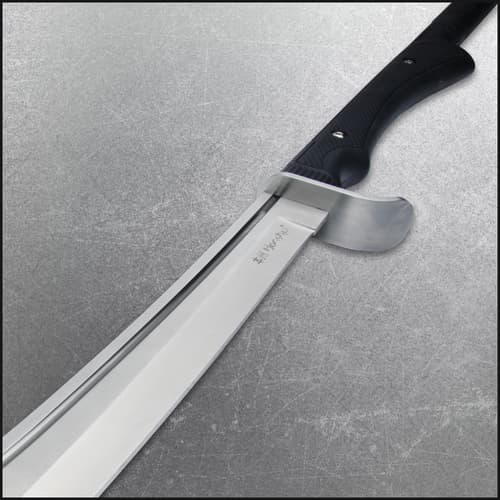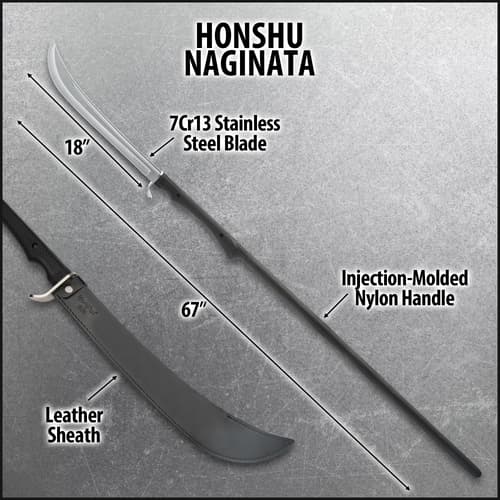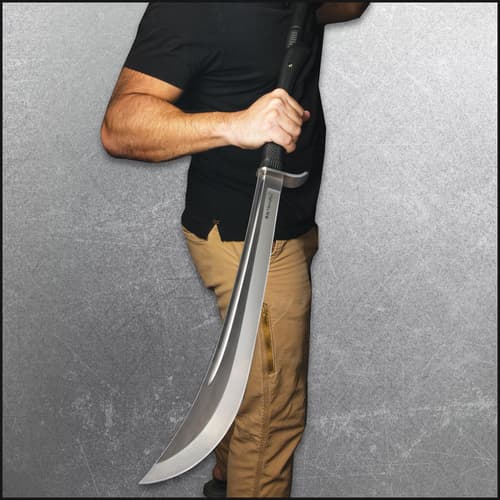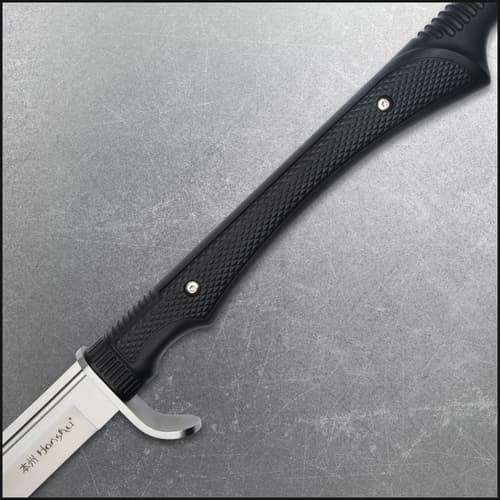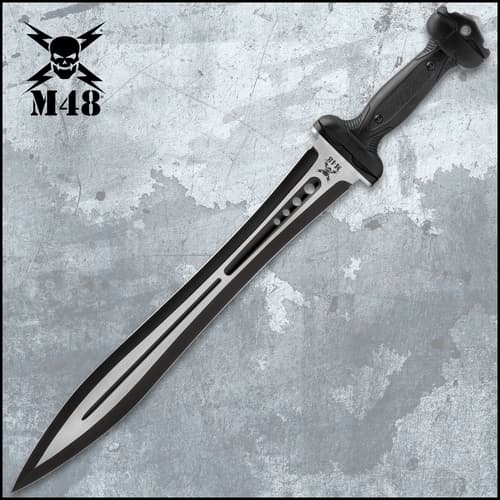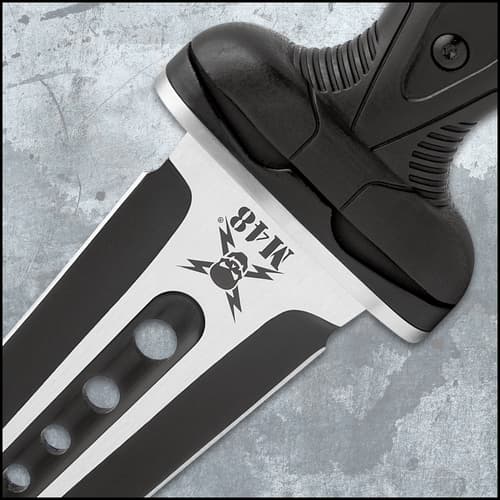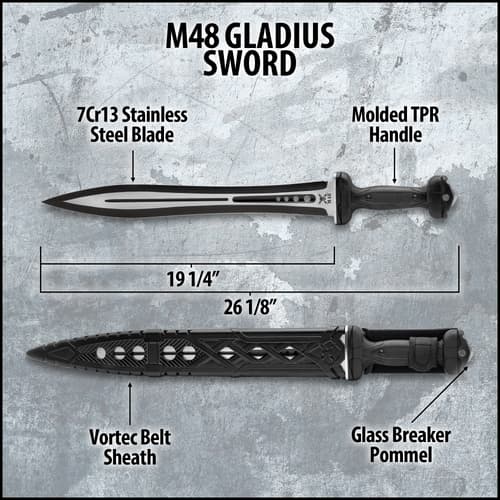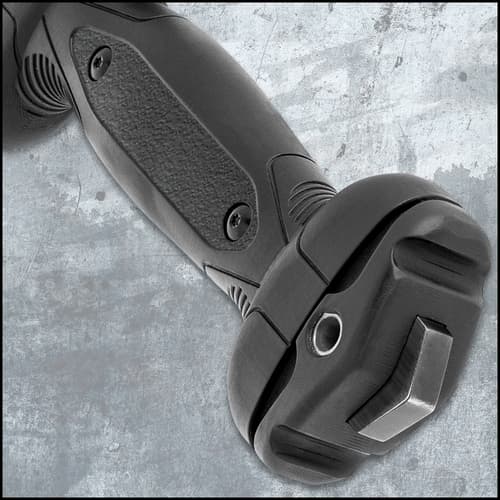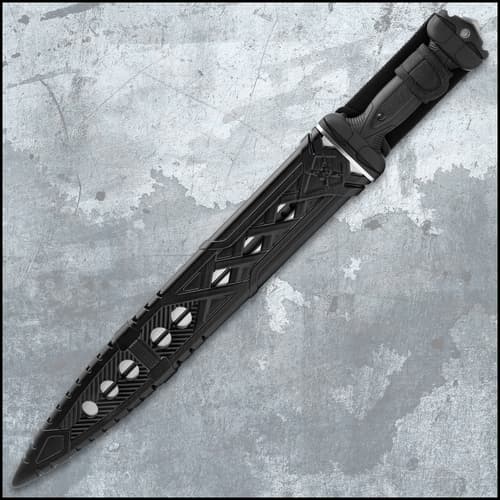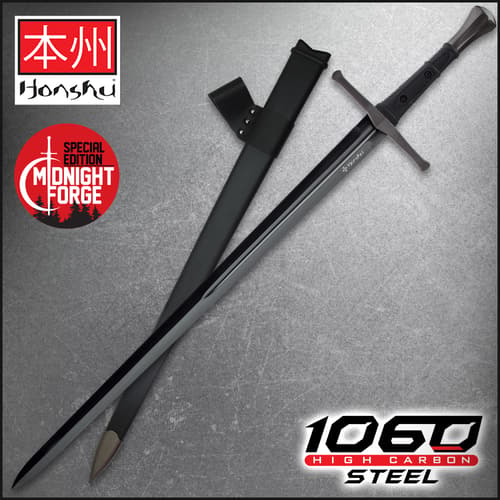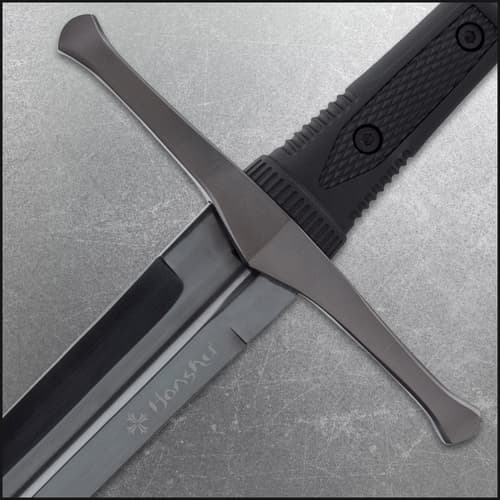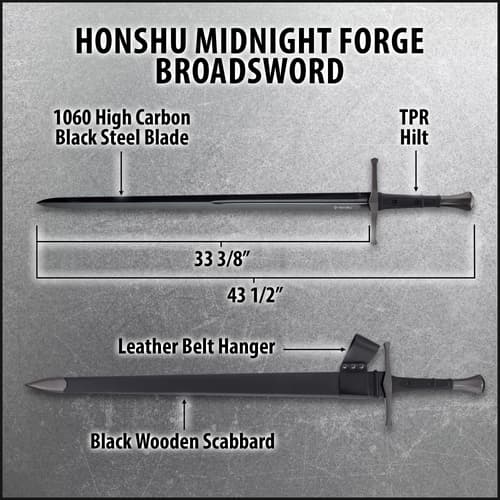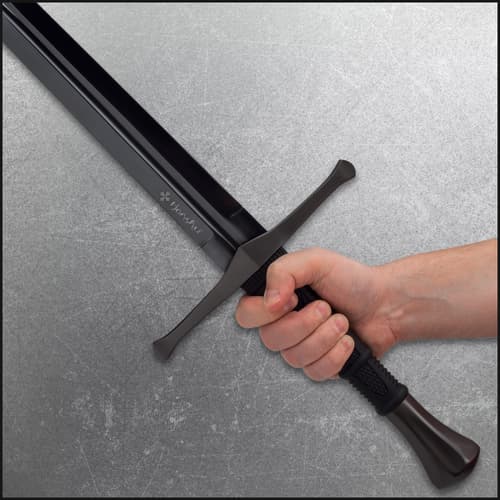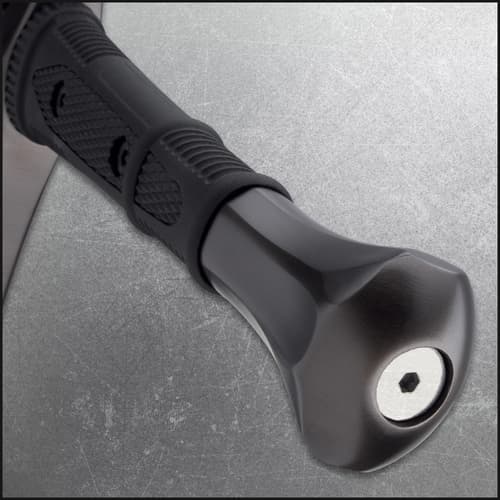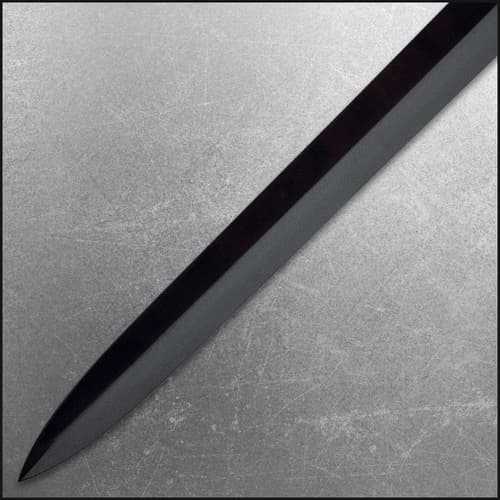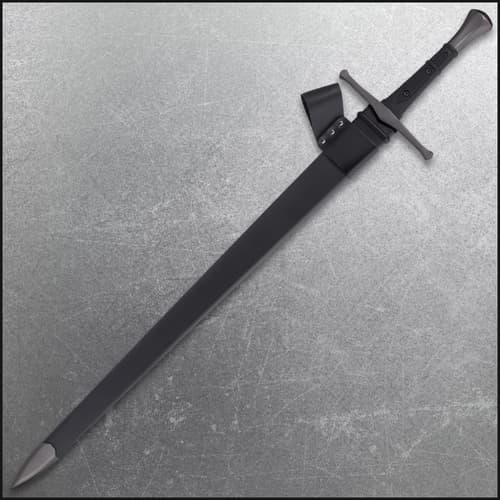Cutlass Swords, Demystified
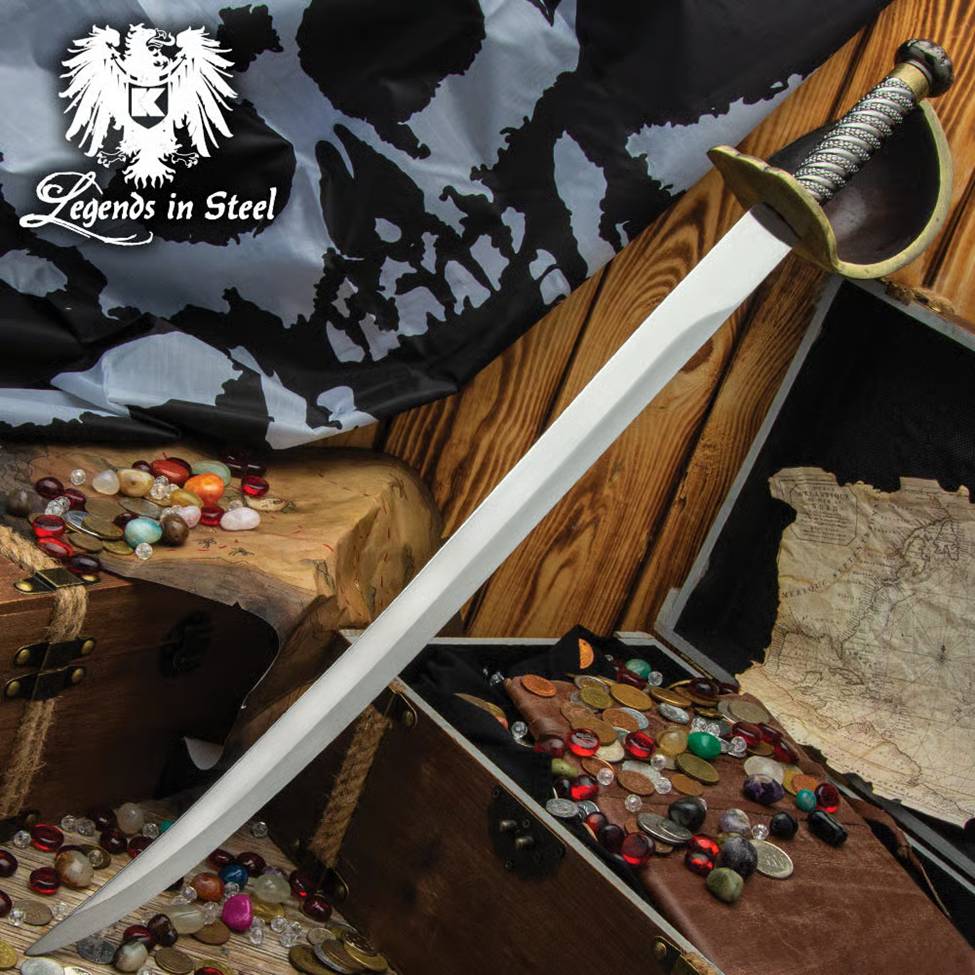

You’re probably thinking of “pirate sword,” and may have even clicked on this link through a search for one. But “pirate sword” is an indistinct term for a much more clearly defined class of swords commonly used on ships, or rather, which were issued to naval officers (and which in some cases still are). They are called cutlass swords, or more simply just cutlasses - the “sword’ designator is not needed, just as with "rapier." Either way, here’s your primer. See if it answers some of your questions about these unique short swords, and if not, feel free to reach out to us.
What Is a Cutlass Sword?
A cutlass is a short sword with a single edge, typically with a curved blade. Cutlasses are intended to be wielded with one hand and often have a basket hilt instead of a crossguard. They are associated with ships, and especially so with the Age of Sail, particularly because of their utility in the cramped confines of a vessel. Cutlass swords are light and tend to handle agilely. With a blade between 24 and 28 or so inches, they are exceptionally effective in close quarters. This is one of the reasons they were carried by naval officers, sailors and pirates; there is little room in the cramped spaces of a ship, both above and below deck. Above deck, the shrouds and rigging limited the space by which a wielder could swing or maneuver a weapon to parry or deliver a blow. Shorter blades invariably proved more effective, and the cutlass, which was compact, lightweight, and handled deftly, still afforded more reach than a knife.
A single edge and a curved blade are other features of a cutlass, and these short swords were as adroit for quick, sharp slashing motions as they were for thrusting. The blade might, but would not necessarily be, fullered, so as to stiffen it while also reducing weight. Another near universal feature of a cutlass is a basket hilt - that is, a hilt that fully encloses a user’s hand, thereby protecting them from injury. Some cutlasses were made with full brass basket hilts, brass being chosen for its corrosion resistant properties, making it ideal at sea. Others were made with steel or some other alloy, and might be perforated, rather than being entirely enclosed. Some designs would also include a quillion or crossguard at the top of the hilt. Either way, the basket hilt is an indelibly defining feature of a cutlass sword. This unique design not only shielded the wearer’s hand, but served as an effective parrying instrument. A basket hilt can be used to effectively trap or manipulate an opponent’s blade, giving the user leverage over his enemy.
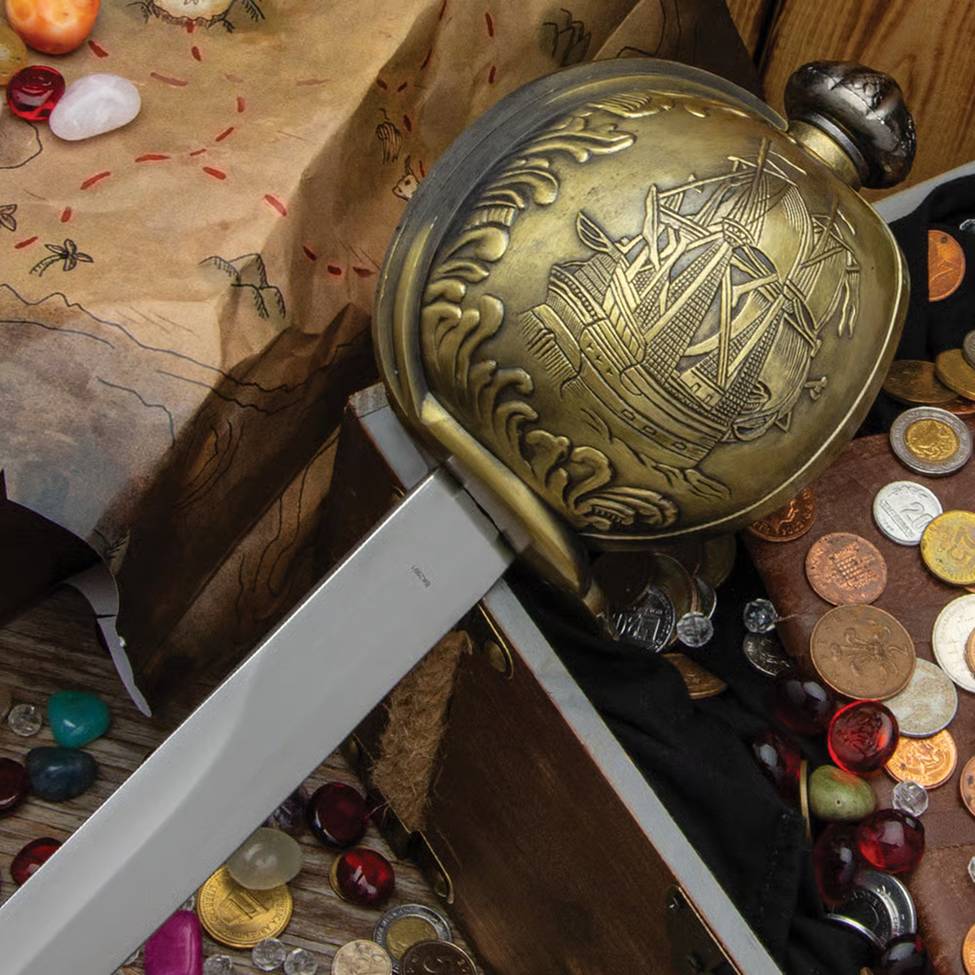

Moreover, a basket hilt can itself be used as a striking implement, which can prove especially effective in close quarters, such as what would be encountered on board a ship. As for the grip of the hilt, that might consist of wood or leather wrapped over wood. Either material proved suitable for completing the hilt of a cutlass sword.
Are There Any Other Names for Cutlass Swords (AKA "Pirate Swords")?
Cutlasses are commonly referred to as pirate swords, partially because in popular media they are portrayed as such, and partially due to historical fact - seagoers commonly carried small arms like cutlasses because of their advantages on board ships, as has already been illustrated. Cutlasses are also sometimes referred to as hangers, since these small swords would often be hung from a belt. Beyond these, there are some terms that are applied erroneously to cutlasses, which actually refer to other patterns of swords.
Alright, What’s the Difference Between a Cutlass Sword and a Saber?
Sabers and cutlasses are similar, but not the same. First, let’s cover some of the similarities. Sabers and cutlasses are both relatively short swords with one edge, and generally a curved blade. They are also both intended to be wielded with one hand. Furthermore, both sabers and cutlasses tend to have basket hilts. With that said, sabers tend to have slightly more open hilts that are not fully enclosed, though they do provide a great deal of protection to the wielder’s hand. However, the main difference between a saber and a cutlass is the length. Cutlasses are decidedly short swords, whereas sabers typically have blades much longer than 24 inches - sabers with 29 and 30 inch blades are not necessarily uncommon. The length and weight of the longer blade make sabers more effective for sweeping, slashing motions. While sabers can also be effective for thrusting, their main advantage as a specialized bladed weapon is for slashing.
Are Scimitars Cutlasses?
In a similar vein, cutlasses are sometimes referred to as scimitars, but these are not the same pattern. Like cutlasses, scimitars are short swords with curved blades and a single edge. Typically, a scimitar has a blade that is somewhat leaf shaped, despite the fact that it has a single edge. In other configurations, the scimitar is simply wider near the point, resulting in a blade profile with a center of gravity that is far forward. This configuration makes scimitar swords highly effective for slashing, more than a cutlass and because of the weight of the blade, as effective if not more effective than a saber. Ultimately, though they are similar sword patterns, cutlasses and scimitar swords are not the same.
Here for a Battle Ready Cutlass?
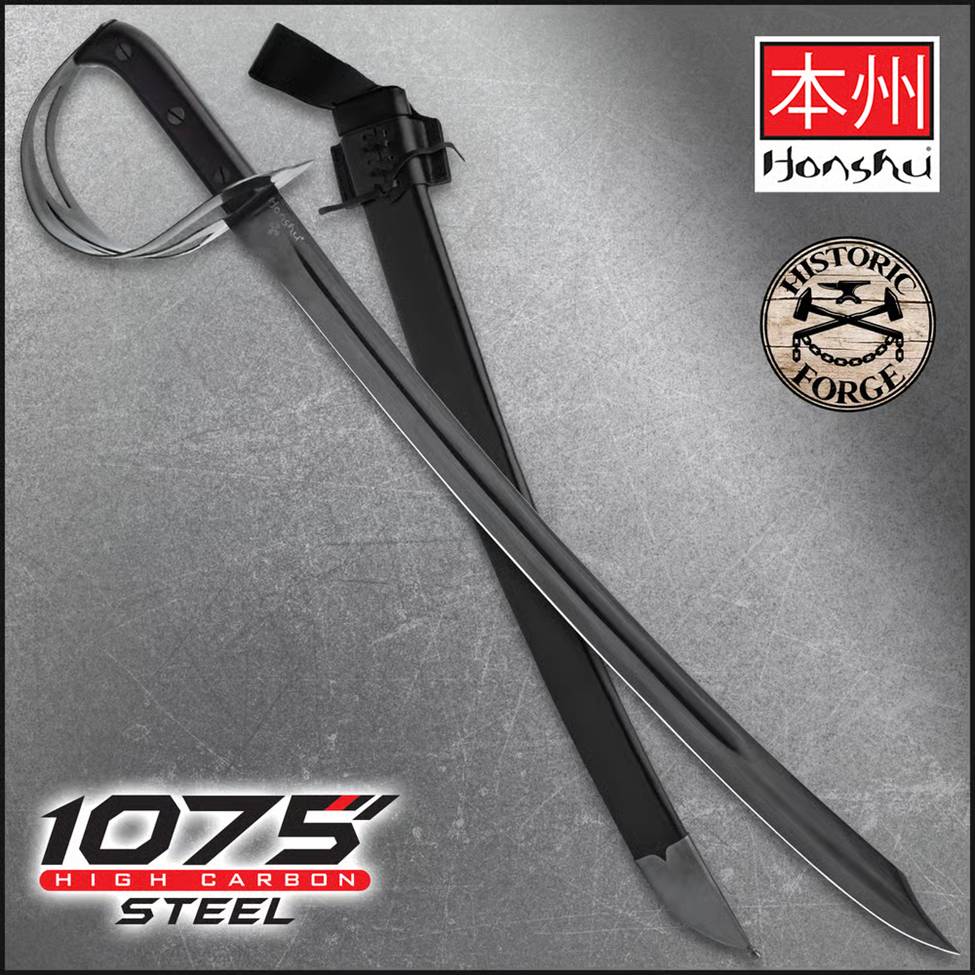

In the market for a real cutlass, one that’s battle ready? Remember, if you’re looking for a sword that you can actually use for practice, it must be made with an appropriate steel alloy so as to be battle ready. It must also be tempered appropriately to stand up to the rigors of use, and be made with a full tang. Take a look through our collection of battle-ready swords, which contains cutlasses and other similar patterns, like scimitars and sabers. If you have any questions you can also contact us before you buy.
